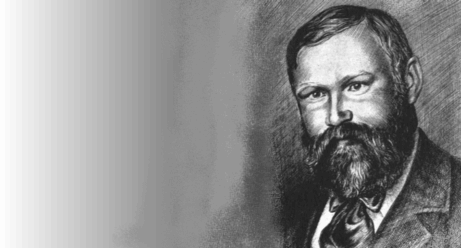
 |
JPL's Wireless Communication Reference WebsiteChapter: Cellular Telephone Networks
|
 Often it is assumed that new calls arrive according to Poisson process with rate l
calls per unit of time.
Note that this assumption may be less realistic is blocked calls result in new attempts by impatient subscribers.
Calls have a (memoryless) exponential duration with mean 1/m. Under such assumptions, the number of active calls is a Markov process.
If calls can always served, i.e., if the system has infinite resources,
the successful traffic is
l/m
erlang.
Often it is assumed that new calls arrive according to Poisson process with rate l
calls per unit of time.
Note that this assumption may be less realistic is blocked calls result in new attempts by impatient subscribers.
Calls have a (memoryless) exponential duration with mean 1/m. Under such assumptions, the number of active calls is a Markov process.
If calls can always served, i.e., if the system has infinite resources,
the successful traffic is
l/m
erlang.
The added feature of the Engset model is that it does not assume an infinite user population, like the Erlang model does. One can specify (or compute) the number of users. Traffic can now be expressed in erlang or in erlang per user. The traffic value in the dimensionless quantity 'erlang' signifies the number of lines that would be occupied on average if there were no blocking.